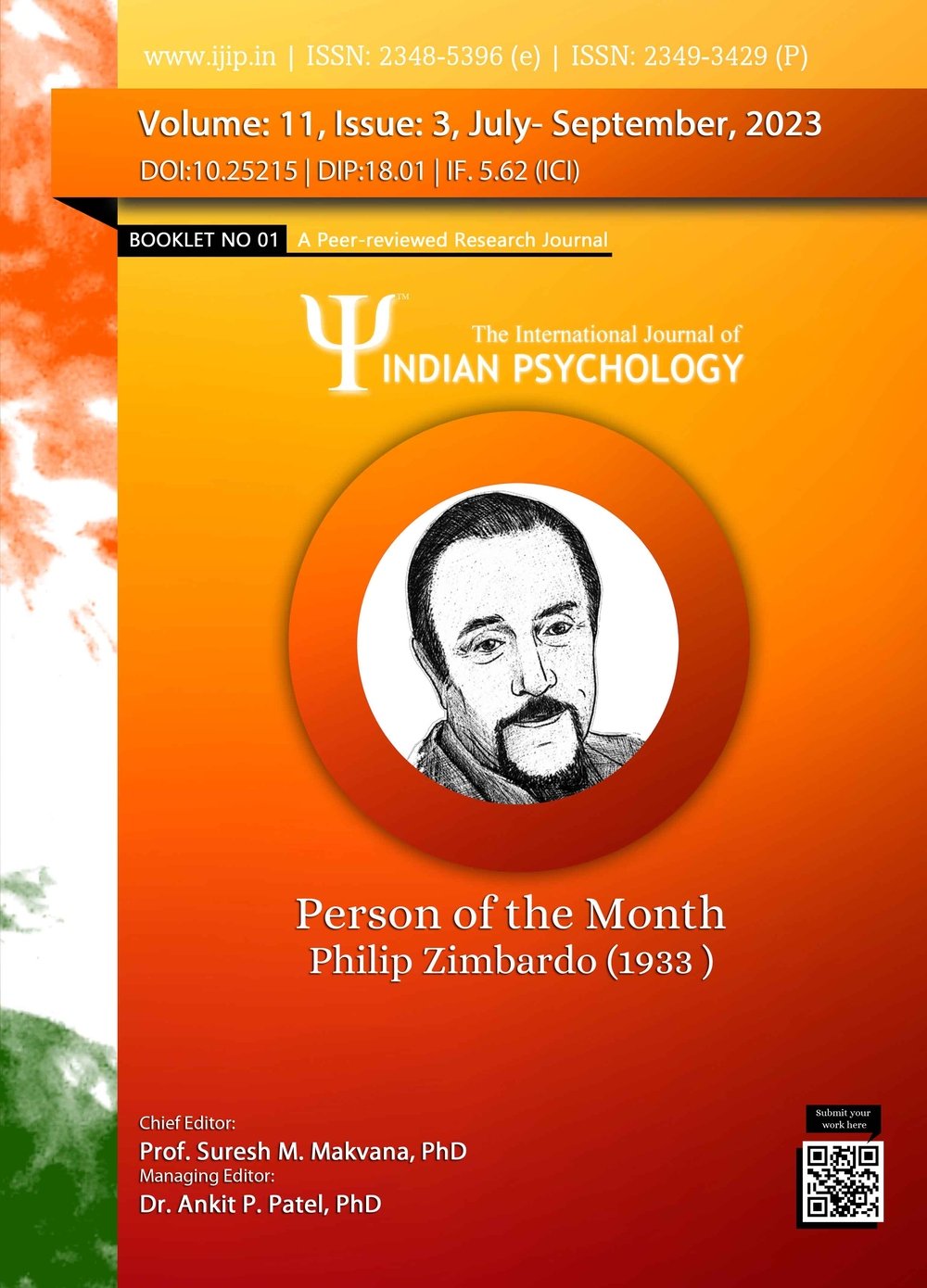Work-life Balance and Happiness among School Educators
DOI:
https://doi.org/10.25215/1103.438Keywords:
Work-Life Balance, Happiness, Qualitative Study, School educators, Well-BeingAbstract
This review study explores the relationship between work-life balance and happiness among school educators. In recent years, the field of education has witnessed increasing attention toward the well-being of teachers and the importance of maintaining a healthy work-life balance. This study aims to examine existing literature to gain insights into the factors influencing work-life balance and its impact on the overall happiness levels of school educators. The review begins by discussing the concept of work-life balance and its significance for educators. It highlights the demanding nature of the teaching profession, characterized by long working hours, high job responsibilities, and the expectation to meet diverse student needs. The literature review analyzes various factors influencing work-life balance among school educators. These factors encompass individual characteristics, such as personal values, coping strategies, and time management skills, as well as organizational factors, including workload, job autonomy, and support from school administration. The findings suggest that achieving a satisfactory work-life balance positively affects the happiness and well-being of educators. When educators can effectively manage their work and personal lives, they experience reduced stress levels, improved job satisfaction, and enhanced overall happiness.Metrics
No metrics found.
Published
2022-11-05
How to Cite
Rhea Mahajan, & Dr. Seema Singh. (2022). Work-life Balance and Happiness among School Educators. International Journal of Indian Psychȯlogy, 11(3). https://doi.org/10.25215/1103.438
Issue
Section
Articles


